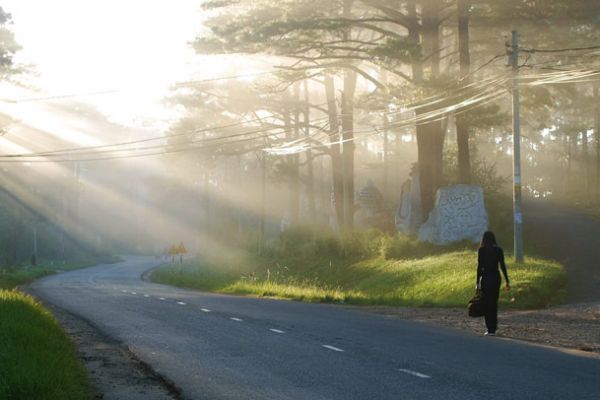
Sekiguchi Ken, vice general director of APEX Vietnam Co., one of the biggest travel joint-venture companies serving Japanese tourists in Vietnam, did not think that the Japan’s current crisis would have the kind of impact that SARS or the bird flu had had in Vietnam in the past because the destination for tourists is safe. “I would say the number of tourists booking through our company was down by around 20% in the first week after the disaster,” he says in a letter sent to the Saigon Times recently. “Now, we have no cancellations on new bookings. It’s better.” Normally, the travel season for corporate trips is from October to March, so the company will have a long time to wait to see what impact that will have on future trips. Post crisis Before the crisis, APEX Vietnam announced that it would encourage both Vietnamese and Japanese students to travel between the two nations to broaden their cultural understanding and education. This plan is still going to be carried out this year. Nguyen Van Tran, the company’s director, says that to develop this segment, APEX Vietnam will welcome Japanese principals to Vietnam in May or June this year. The travel company will promote students’ tours via the special guests and other various marketing activities. Besides, the company will maintain the plan to organize inbound tours for Japanese tourists in Vietnam, particularly for leisure travelers. Japanese visitors who delay their tours have created strain on the company, whose traditional source market is Japan. APEX Vietnam began organizing outbound tours for local travelers to Japan last year. The move follows a new regulation that allows foreign travel joint ventures to organize outbound tours, too, instead of just inbound tours. In another development, early this year, according to some travel companies serving Japanese tourists, more and more Japanese have chosen incentive tours rather than designed their own trips as seen previously. About 10 years ago, Japanese visitors to the country were mostly young women and elderly people. During their Vietnam trips, they preferred shopping and sightseeing, according to local tour operators. The trend is changing as less young Japanese people are coming while more guests are picking incentive tours instead. However, the elderly still keep coming. According to the Prospective Travel Trends in 2011 of JTP, a leading Japanese travel group, the number of Japanese making overseas trips will reach 17.3 million this year, up 3.7% from last year. Asian destinations are preferred as the high exchange rates for yen there will work against a major increase in consumer prices. Around 442,000 Japanese visited Vietnam last year, up 24% from 2009. The Vietnam National Administration of Tourism (VNAT) expects the country to receive one million Japanese visitors by 2015 and it is preparing a scheme to attract more guests from this important market. Boosting 2011-2015 plan As regards the VNAT’s masterplan for Vietnam’s tourism in the 2011-2015 period to attract guests from important markets, including Japan, Nguyen Van Tuan, head of VNAT, told the local press that VNAT is planning a promotion campaign for the national tourism for the 2011-2015 period, targeting both Vietnam and foreign countries. There are some big tasks for 2011. First, VNAT will suggest the Government increase the budget for tourism promotion to VND70 billion in 2011 (the figure was VND41 billion in 2010). It has also proposed the Government and the Ministry of Finance use one dollar from the income from every foreign tourist for this purpose. This would give the tourism sector US$5 million in 2011, or a total of more than VND100 billion to carry out marketing campaigns. From the supports, Vietnam will increase its promotion campaigns in the nearby markets, including Japan, South Korea, China, Taiwan and ASEAN countries. It will also reach farther, to markets of tourists with large spending habits, such as Western Europe, North America, Russia and Australia. For the Western Europe in particular, Tuan said that ASEAN is working on a plan that would open the region to foreign tourists in the same way Europe’s unified visa system has streamlined travel. The official website of VNAT also shows that in the Strategic Tourism Plan for the next five years of ASEAN Secretariat, foreign tourists who just have to apply for one visa to one ASEAN member country can visit all other countries. Initially, for the year of 2011, Nguyen Van Cuong, deputy head of VNAT, says that this year sea tourism will mainly contribute to the country’s tourism revenue. He says that Vietnam has so far attracted a lot of big cruise ships with thousands of foreign tourists on each ship. For example, most recently in March, the super liner Queen Mary 2, one of the world’s two largest liners, carrying 2,430 passengers from 20 countries and territories along with its 1,230 sailors and staff made a visit to the coastal city of Nha Trang in the central province of Khanh Hoa. It is said that Nha Trang is the only port in Vietnam which the liner visits during its world-wide sea travel. At the same time the Portugal Princess Daphne with 500 Australian tourists arrived in Halong Bay in the North. In general, for the 2011-2015 tourism promotion plan, in an interview conducted by Tien Phong newspaper, Tuan says that after choosing the new logo and slogan for Vietnam’s tourism for 2011-2015, “Vietnam – a different Orient,” suggested by Cowan Vietnam, VNAT is consulting the choice with tourism experts, travel firms, relevant ministries and press agencies. If a consensus is reached, VNAT will ask the Government for the permission to use the new logo and slogan for the tourism promotion activities in the time to come. VNAT also plans to hire Cowan to build a strategy on tourism promotion for the new period. This is the first time a professional consultancy firm has been hired to help the Vietnamese tourism industry carry out its promotional campaigns. thesaigontimesBased on the moves in recent months as well as words from those insiders in the tourism industry, Vietnam’s tourism is expected to be more positive after the big natural disaster in Japan
Many of the cancellations were from people in the northeast. Japanese businesses froze overseas trips for staff but individual travelers and people from big cities were not affected.
When talking with Chào! about the current condition, Nguyen Minh Man from HCM City-based tour operator Vietravel says guests from Japan through Vietravel in March decreased 10% year-on-year, down sharply from February. However, the bookings in April and months to come are increasing.
The new travel trend could eat into earnings of local travel firms as elderly people are cash-minded, especially at a time when woes are still gripping the Japanese economy.
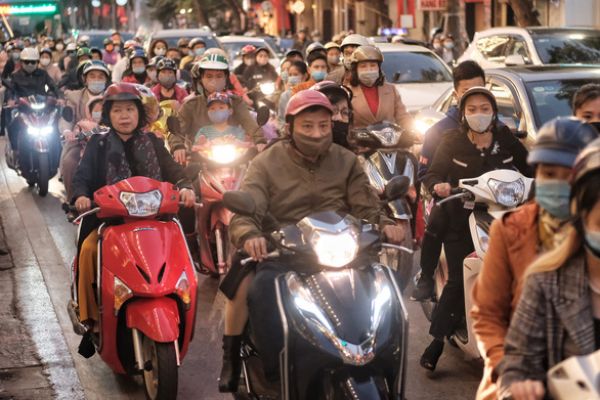
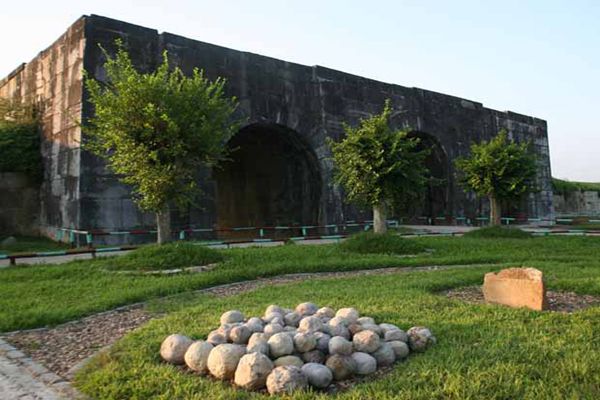
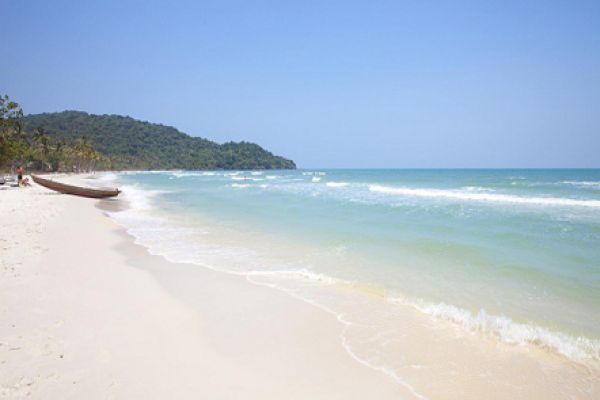
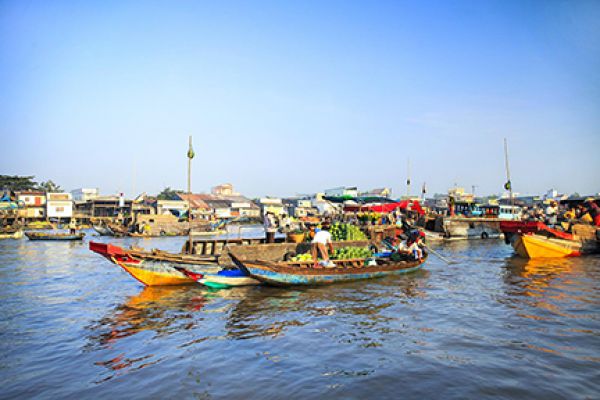


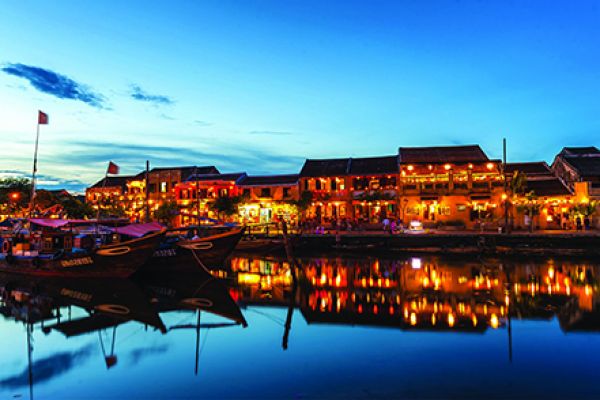
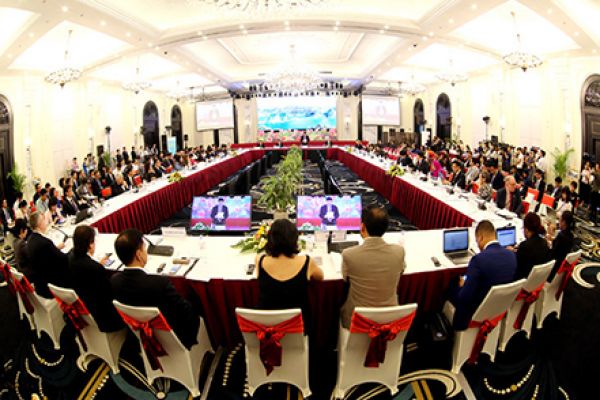
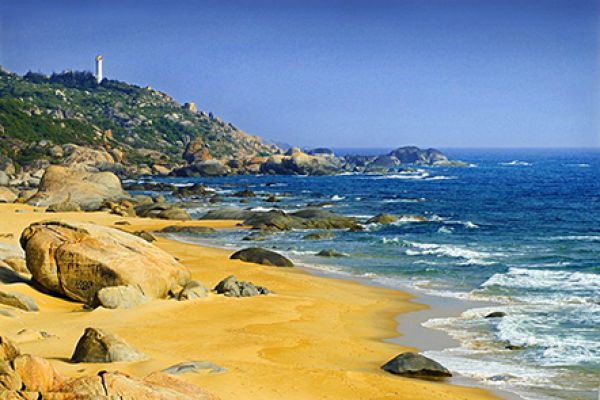
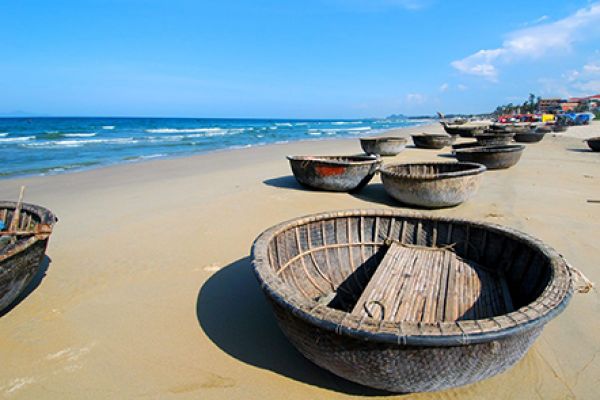
(84-63) 3 826042 – (84-63) 3 511142
No 54 Nguyen Dinh Chieu, Ham Tien Central Mui Ne Beach Binh Thuan Vietnam
523 To Hien Thanh District 10 Ho Chi Minh City Vietnam
Ha Long Halong City Quang Ninh Vietnam
A13 Hung Thong 2 Halong City Quang Ninh Vietnam




